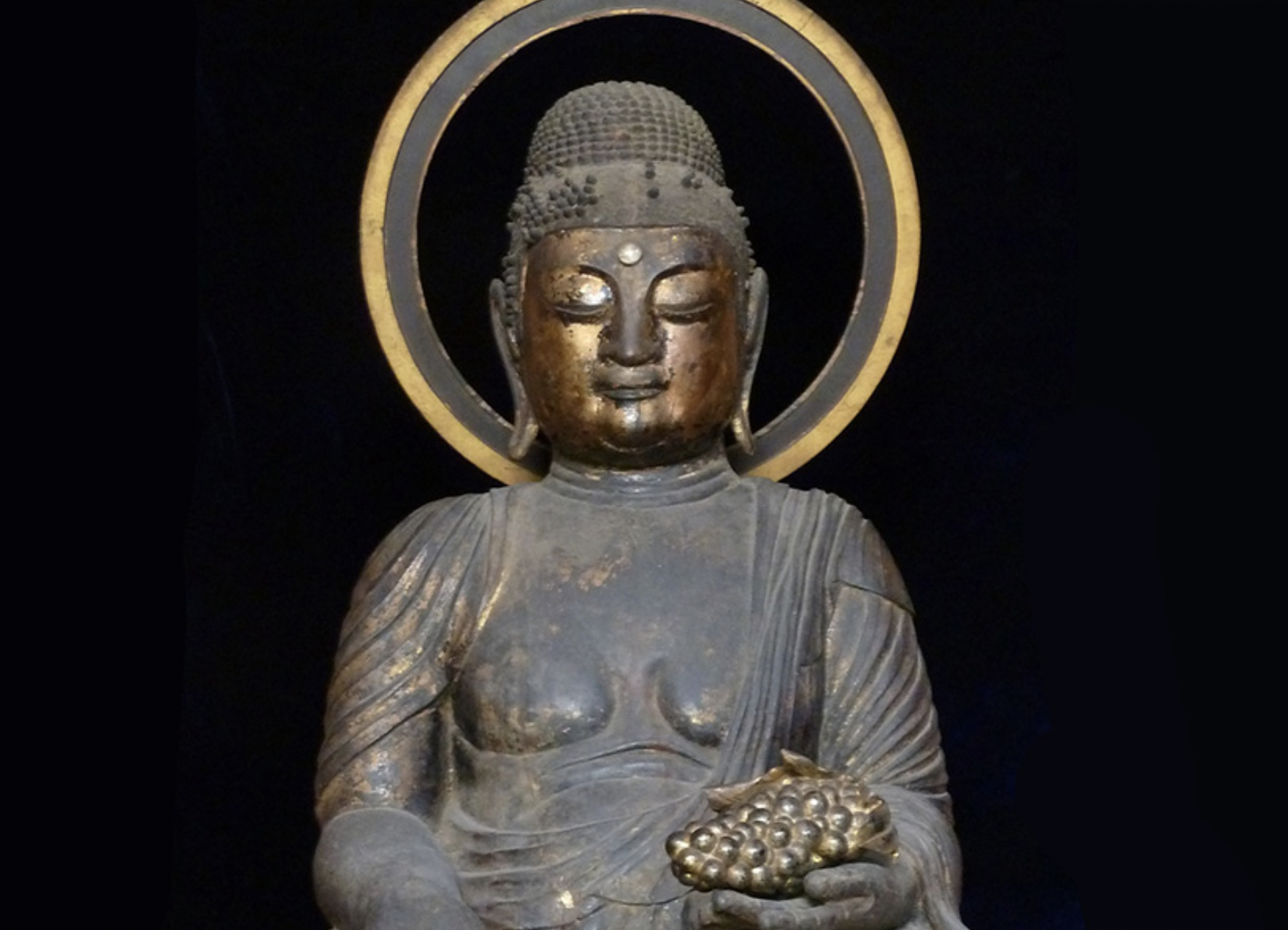Konpira Inu: Japan’s Pilgrim Dogs of the Edo Period

In the Edo period (1603–1868), travel was a privilege that not everyone could afford. However, for those unable to embark on religious pilgrimages themselves, a unique tradition emerged: sending their dogs as proxy travelers. Among the most famous of these pilgrim dogs were the Konpira Inu, or “Konpira Dogs,” tasked with making the long journey to Kotohira Shrine (now known as Kotohira-gu) in present-day Kagawa Prefecture.
The Rise of Konpira Inu
Kotohira Shrine, dedicated to the guardian deity of seafarers and travelers, was one of the most revered pilgrimage sites in Japan. However, for many commoners, traveling across Japan was difficult due to financial constraints, physical limitations, or travel restrictions imposed by the Tokugawa shogunate. As an alternative, some people entrusted their dogs to make the journey in their stead.
Owners would attach wooden tablets or cloth pouches to their dogs’ collars, inscribed with messages stating their intent to visit Kotohira Shrine. These notes often included small sums of money to cover expenses for food and lodging along the way. The journey was perilous, yet these dedicated dogs managed to reach their destination with the help of kind-hearted travelers who guided them along the pilgrimage route.
How Did Konpira Inu Complete the Pilgrimage?
The success of the Konpira Inu relied heavily on the goodwill of people they encountered. Unlike modern stray animals, these dogs were not wandering aimlessly; they were on a mission.
- Guided by Travelers: Many passersby recognized the pilgrimage tags and took it upon themselves to escort the dogs toward their next stop.
- Community Support: Inns and waystations along the route provided food and rest for the traveling dogs, treating them as respected pilgrims.
- Intelligence and Instinct: The dogs were often Japanese breeds like Shiba Inu or Akita, known for their strong homing instincts and endurance. After reaching Kotohira Shrine, they would miraculously find their way back home, often bearing small charms or talismans as proof of their completed journey.
Symbolism and Legacy
Konpira Inu became a symbol of faith, determination, and community kindness. Their journeys highlighted the interconnectedness of society, where even an animal could rely on the collective goodwill of strangers to achieve its mission.
Although the tradition of pilgrimage dogs has long faded, the story of Konpira Inu remains an endearing part of Japanese cultural history. Today, visitors to Kotohira Shrine can find statues of these devoted dogs, commemorating their remarkable travels.
Conclusion
The tale of Konpira Inu serves as a heartwarming reminder of the deep bonds between humans and animals. It also showcases the values of mutual aid and shared faith that were integral to Japanese society during the Edo period. While modern-day pilgrimages no longer involve canine travelers, the spirit of Konpira Inu lives on, inspiring us with its story of loyalty and perseverance.



